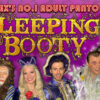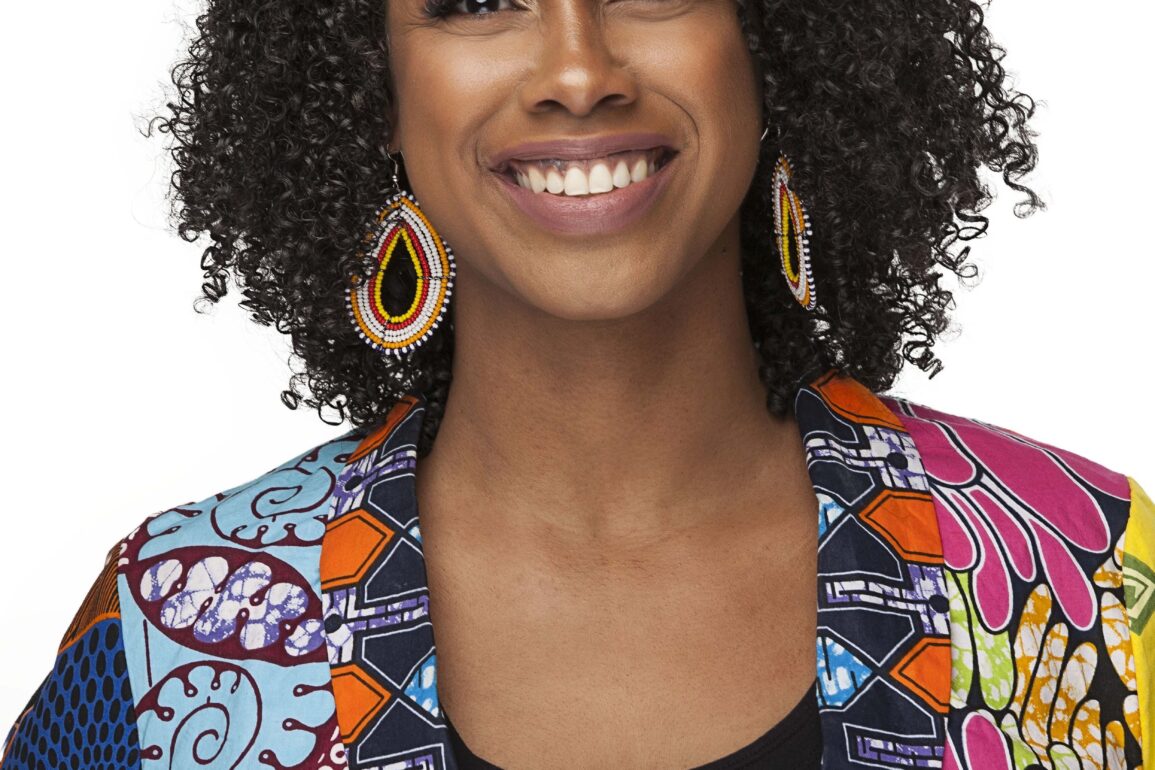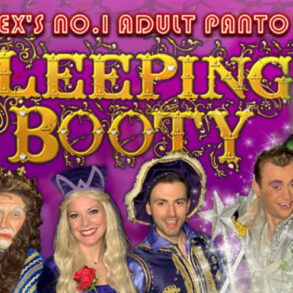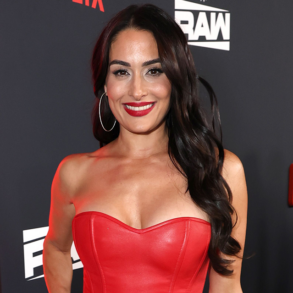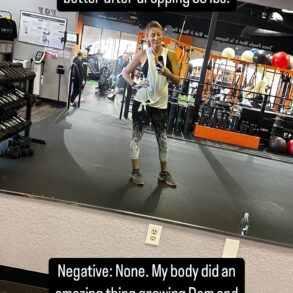Each week of February, HR Dive will publish a story in its Black History Month series. Last week’s installment detailed the systemic factors leading to lower retirement savings for Black workers. This week’s installment deals with compliance regarding and inclusion of different hair styles and textures at work.
When it comes to identity at work, HR’s responsibilities extend beyond compliance — and even then, anti-discrimination protection in the U.S. differs from municipality to municipality.
The Civil Rights Act of 1964 prohibits discrimination based on age, ability, race, religion and sex. But what about hair, specifically for Black workers?
Even limited experience with the Black community can provide a glimpse of the importance of hair: box braids, cornrows and dreads twisted in hair salons; nuanced fades and elaborate designs carved in barber chairs.
Beyond creativity, many of these hairstyles hold sociocultural and political significance. The head wrap is a fraught symbol of American slavery. Afros became symbolic of the 20th century civil rights movement. Paired with the slogan “Black is beautiful,” European and American members of the Black diaspora began to push back on Eurocentric beauty standards.
“Hair is extremely sacred for Black folks, in terms of it really connects us with our ancestry and heritage,” psychologist, hairstylist and educator Afiya Mbilishaka told HR Dive. Mbilishaka runs PsychoHairapy, an organization that empowers Black hairstylists and barbers with the skills to counsel their clients.
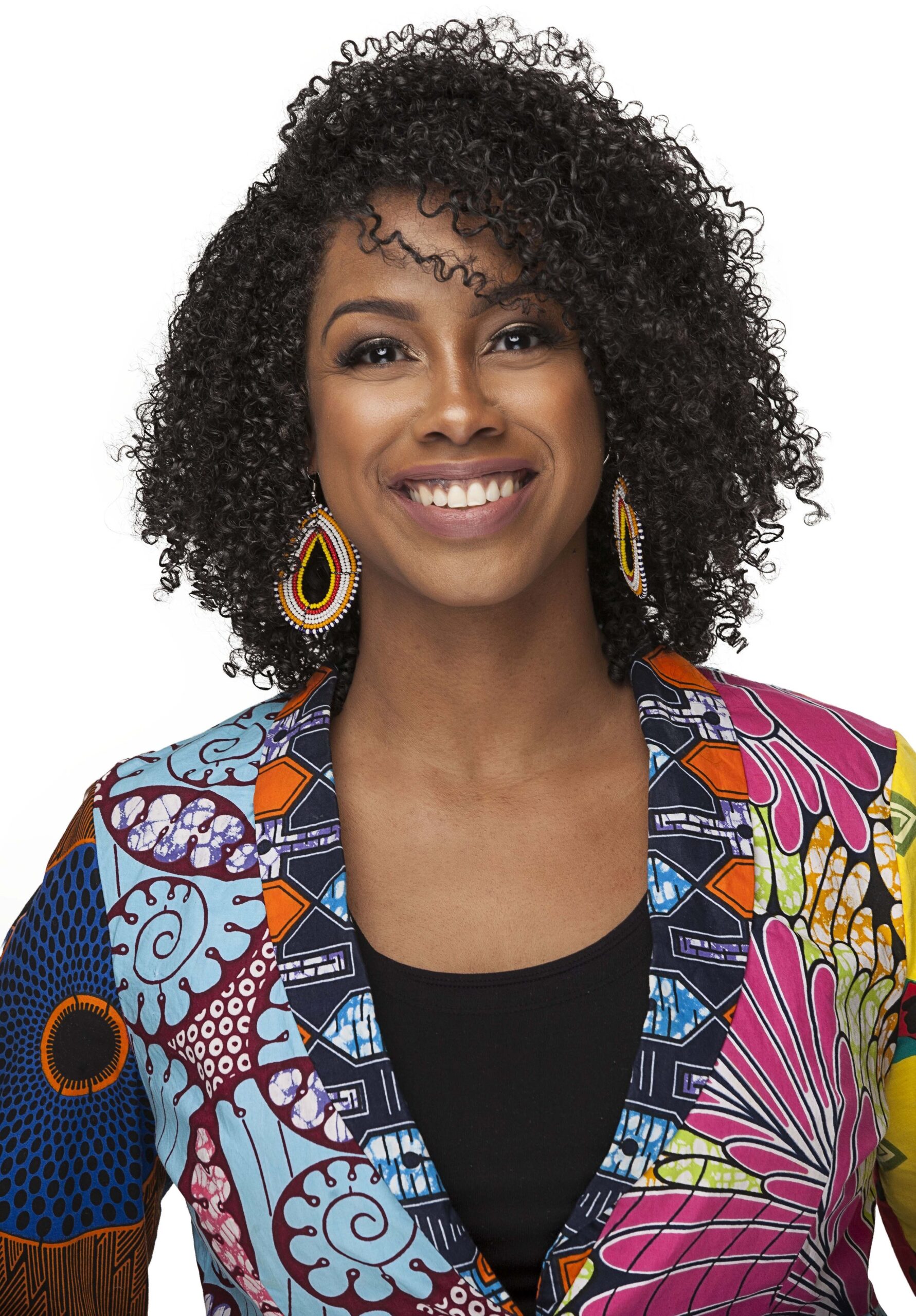
Mbilishaka recalled the harm her own experiences of hair-related microaggressions.
Courtesy of PsychoHairapy
“A lot of traditional African societies our hair was used in rituals for healing,” she said. “A ritual is how you prepare your mind, body and spirit to receive a blessing.”
But despite the longstanding importance of hair to the Black community, White beauty standards and their enforcement are still pervasive in the American workforce today.
The CROWN Coalition, which advocated for the CROWN Act or Creating a Respectful and Open World for Natural Hair Act, said in a 2023 report that Black women’s hair is 2.5 times more likely to be deemed “unprofessional.”
In a survey for that report, put together in partnership with Dove, the majority of Black women told researchers that they changed their hair for a job interview; the change for many, specifically, was straightening their hair. About one in four Black women said they believe their hair was the reason they were denied a job interview.
Even when Black women get their foot in the door, they deal with harassment and discrimination: About one in five Black women aged 25 to 34 years old have been sent home from their job due to their hair.
And Black women with coily hair are two times more likely than their peers with straight hair to experience microaggressions at work.
A separate report from Coqual, “Being Black in Corporate America: An Intersectional Exploration,” highlighted a common microagression — or as researchers called it, “microinsult” — of non-Black workers non-consensually touching their Black colleagues’ hair. (This phenomenon even spawned the critically acclaimed cult classic Solange Knowles song, “Don’t Touch My Hair.”)
Unstraightened, unrelaxed, natural hair is “not as normalized as you think it would be for the majority of individuals,” Michelle Brown, vice president of leadership development for Coqual, told HR Dive.
She only recently started wearing her hair curly because it was not deemed “professional,” whereas straight or slicked back was.
“Individuals would tell me — not here at Coqual but in past experiences — ‘Oh, I see you didn’t do your hair today’ when my hair was curly,” she said, adding that she received that comment more often than not.
“But since the changing of times, thank God, I am able to embrace my natural roots — which I’m very proud of,” Michelle Brown said.
Where are Black workers protected from hair discrimination?
One leader in naming hair as a facet of workplace discrimination is New York City; while it’s not the only city with its own Human Rights Law, it has been called one of the most “comprehensive” sets of worker protections in one of the country’s largest labor markets.
Outside of regional human rights laws and enforcement commissions, the CROWN Act continues to take root across the U.S., with more than 20 states enacting it.
At least 24 states have passed the CROWN Act
States have outlawed hair discrimination through legislation and executive order, according to the Economic Policy Institute.
Acknowledging the expansion of this kind of legislation, JoAnn Kamuf Ward, deputy commissioner of policy and external affairs for the New York City Commission on Human Rights, told HR Dive, “The way that it was approached in New York City was that hair is an integral part of Black identity, but also can be part of people’s religious identity as well. When you look at our materials, the rules in particular, we talk about how that plays out in more detail.”
“Discriminatory policies related to hair exacerbate social, economic, and educational inequality by reducing access to employment, educational, and other opportunities based on a person’s race or religion,” NYCCHR stated in a 2022 guidance.
The commission emphasized that under city law, workers have the right to:
- Wear their hair how they like, from hairstyle, to texture, to hair coverings, such as hijabs and yarmulkes. This also includes facial and body hair.
- Not heed customer preferences on hair, such as the beliefs that certain kinds of hair are “unprofessional” or “distracting.”
- Wear their hair, under legitimate hair-related employer concerns, with hair nets, ties, coverings or “other safety equipment.”
- Ask their employer for a reasonable accommodation if their hair grooming is a part of their religious practice.
The macro damage of microaggressions
In her own experience, Mbilishaka recalled her time as a competitive swimmer for the University of Pennsylvania. “Being the only Black person on my entire team there was a hot topic — particularly when we had shows, our hair had to be in the same style,” she said. “But there was always an assumption that I couldn’t wear the same hairstyles as my teammates.”
One particular instance, the directive was to wear a gelled high bun. “The team captain looked at me and said, ‘I don’t think you can do that to your hair. Just do you do whatever it is that you do to your hair, and you’ll just be different,’” she recounted. Mbilishaka’s hair was very long; she never told her teammates she couldn’t do certain hairstyles.
She felt “shocked” and “uncomfortable” for being singled out in that way. “There was very clear bias and how it was being treated and guided around beauty for our performance.”
“It is important to highlight microaggressions because they do have macro impacts,” Michelle Brown said, adding that, whether they are intentional or unintentional, microaggressions cause harm.
“Yes, it often happens unconsciously,” she acknowledged. But, she said, it’s crucial to remember these microaggressions “stem from underlying negative assumptions and biases” rooted in racist stereotypes.
The psychologist underscored the emotional fallout of hair discrimination — ”shame, fear, anger, surprise and disgust in even having to navigate that embarrassment,” Mbilishaka said. “These are emotional experiences that get stored in our minds and our bodies,” she added, noting her clear recollection of her own swim team experiences that occurred more than 20 years ago.
So what can HR do?
Even if hair-related anti-discrimination laws aren’t explicitly on the books in a state or county, NYCCHR Impact and Policy Advisor Cataydra Brown recommended that HR professionals still take a look at their workplace policies.

Even if an HR pro isn’t bound by a city-specific human rights law, like that of New York City, Cataydra Brown recommended that HR still seeks to create a safe space.
Courtesy of the New York City Commission on Human Rights
Grooming policies may appear “race-neutral,” the senior policy advisor told HR Dive. But they “could have charged language that is applied in a discriminatory way toward Black employees,” she said.
“An example of that — and a potential violation of our law — could be a policy that alludes to ‘neat and tidy’ hair, which of course alludes to and is tied to the idea of White standards of beauty and professionalism in the workplace.”
Creating an intentionally inclusive workplace environment also is crucial for preventing hair discrimination. “I would definitely suggest that any HR department really look at their culture of belonging,” Cataydra Brown said. “Do people in your workplace feel that they do belong?”
That, she said, is a matter of representation. “I would take a look at numbers — the representation from C-suite and down,” she added. “See how you can improve and increase your representation for Black professionals in the workplace and allow them to be their whole selves.”
This post was originally published on this site be sure to check out more of their content.

